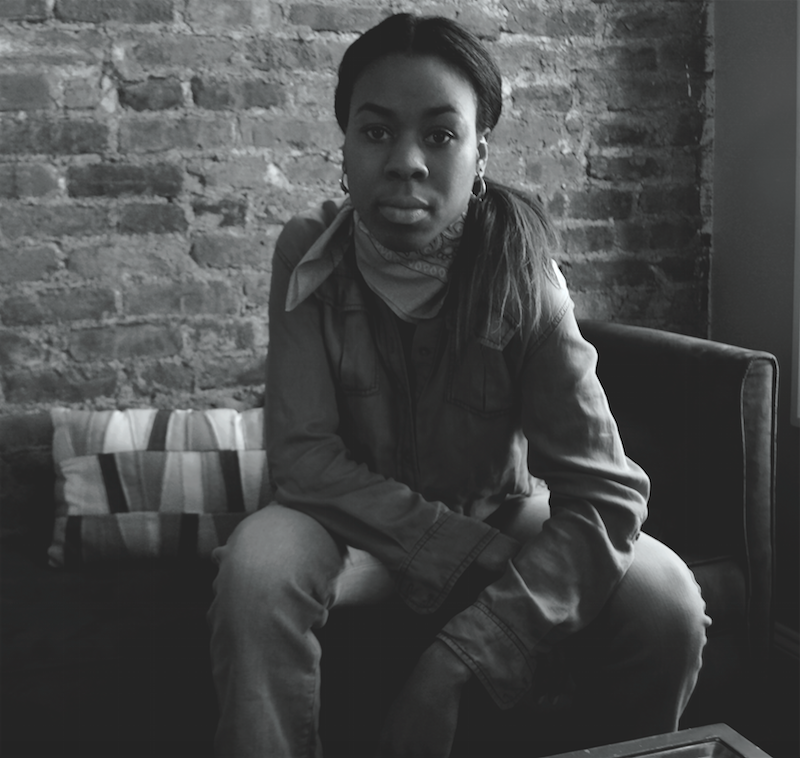War, Women and the Workplace
The American public was extremely preoccupied with two major developments in the 1940s: World War II and the invention of the slinky. After its start in 1939, the war became an all-encompassing part of American culture and had implications for the U.S., both abroad and on the homefront. There was a radical social shift as most men, from lawyers to famous movie stars to baseball players, were sent overseas, while women were expected to fill their shoes in the workplace and at home. The Axis powers were reluctant to use their women as assets, instead urging them to be mothers and wives. But the Allies utilized the American women and effortlessly proved that workers and homemakers do not need to be mutually exclusive.
The working woman’s day-to-day fashion changed drastically as she entered the factory world. Function came first, which resulted in the rise of trousers and overalls. Elaborate hairstyles also fell to the wayside; working women opted to put their hair back in buns, often covered with a headscarf or hat, instead. Elegant, long skirts of the 1930s were also replaced with more practical ones which fell at the knee or just below. Being feminine and fashionable was no longer the priority for the working woman. She had imperative work to do for the country. This is not to say, however, that fashion had no place in society anymore. Women who used to get their clothes from European designers could no longer do so and began to shop from American designers, whose pieces were influenced by the military. Wide shoulders and Eisenhower jackets based off their male counterparts, for example, were popular, giving women on the homefront a utilitarian and powerful yet chic look. As resources were scarce and usually reserved for the war effort, women became creative with their clothing choices. Some magazines gave instructions for recycling men’s suits and using them as womenswear because the men had no use for them.
The Axis powers were not American women’s only common enemies — they were united in their fight for nylon. When silk hosiery was swiftly replaced by nylon in the beginning of the decade, it radically changed the construction of pantyhose. Naturally, when nylon was later recalled to make parachutes and such, women were upset with the inferior alternatives — cotton and rayon. Frightened by the prospect of bare legs and a diminishing hosiery industry, American retailers marketed these products heavily. Even though they stocked nylon pantyhose whenever possible, retailers could not keep up with demand and physical fights broke out. Women yearned for the war to be over, and not just for their husbands and sons to come home — they needed their nylon.
Even though women made huge strides during the 1940s and were a vital part of the war effort, their lives were not free from burdens like slut-shaming. In the early 1940s, a new look emerged that would remain popular through the ‘50s called the “sweater girl.” This look, characterized by a tight sweater over a cone or “bullet” bra, along with pin-up style, created backlash. A police chief told The Brooklyn Eagle in 1949 that “our real problem is…the sweater girls — just kids showing off their curves and apparently liking it. What kind of mothers and wives are they going to be?” Whether men liked it or not, the times were changing: women sat in bars alone and walked unescorted, happily creating what the police chief called “national chaos.”
Women in the 1940s did not all look like Rosie the Riveter — some wore full skirts and waist-cinching jackets, others were clad in overalls. However, many of them embodied everything that she stood for: economic power, social equality and a can-do attitude. With wide shoulders and tight sweaters, women in the 1940s entered the workplace and were ready to get the job done, whether men liked it or not.
Email Camille Larkins at [email protected].


























































































































































